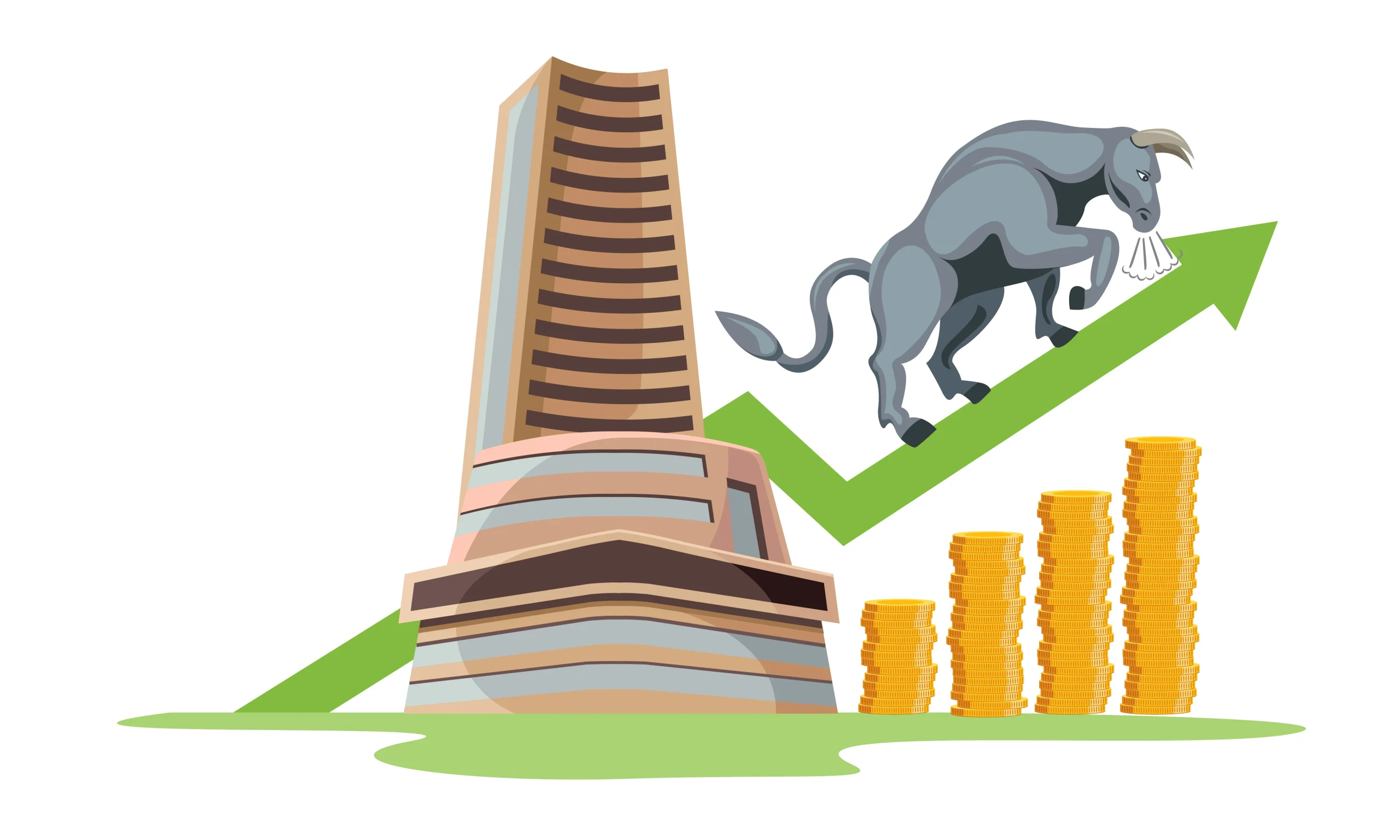The Indian stock market is shaped by several important companies and actors in the fast-paced world of finance. SENSEX, NIFTY, BSE, NSE, and SEBI are a few of these; they are all vital to the operation and supervision of India’s financial sector. We will examine the characteristics and importance of these organizations in this thorough guide, providing insight into their functions within the Indian stock market.
SENSEX
Introduction
The “Sensitive Index,” or SENSEX for short, is the oldest stock market index in India. 30 of the biggest and most frequently traded stocks are included in it on the Bombay Stock Exchange (BSE).
Features:
SENSEX acts as a gauge of investor mood and the general performance of the Indian stock market.
– It offers a quick overview of the state and prospects of the Indian economy.
– The free-float market capitalization approach is used to create the SENSEX, and each stock’s weight is based on its market capitalization that has been adjusted for the free-float component.
NIFTY
Introduction:
Another well-known stock market index in India is the National Stock Exchange Fifty, or NIFTY. It displays the results of the top 50 businesses that are listed on the National Stock Exchange (NSE).
Features:
– NIFTY offers a diverse perspective of the market by covering a range of Indian economic sectors, such as banking, IT, pharma, and FMCG.
-NIFTY is also determined using the free-float market capitalization mechanism, just like SENSEX.
Bombay Stock Exchange
Introduction:
One of Asia’s oldest stock exchanges is the Bombay Stock Exchange (BSE), which was founded in 1875. It is the first stock exchange in India to receive official recognition under the Securities Contracts Regulation Act, of 1956, from the Indian government.
Features:
– The BSE offers a trading platform for debt securities, mutual funds, stocks, and derivatives.
– It runs on the BOLT (BSE Online Trading) platform, an electronic trading system that makes trading transparent and effective.
National Stock Exchange
Introduction:
India’s first electronic market was founded in 1992 and is known as the National Stock Market (NSE). Since then, in terms of both market value and trading volume, it has become the biggest stock exchange in the nation.
Features:
– The NSE provides exchange-traded funds (ETFs), debt instruments, equity, derivatives, and currency trading.
– It runs on the National Exchange for Automated Trading (NEAT), a reliable trading platform that guarantees quick and effective order matching.
Security and Exchange Board of India
Introduction:
The regulatory organization in charge of policing the Indian securities market is called the Securities and Exchange Board of India (SEBI). It was founded in 1988, and the SEBI Act, which was passed in 1992, gave it statutory authority.
Features:
– Protecting investor interests and advancing the growth and regulation of the securities market are SEBI’s main goals.
-To maintain fair and orderly behavior, it controls stock exchanges, middlemen, and other businesses involved in the securities industry.
Conclusion
SENSEX, NIFTY, BSE, NSE, and SEBI work together to support and shape the stock market dynamics while defending the interests of investors, constituting the core of India’s financial infrastructure. To navigate India’s dynamic and changing financial ecosystem, traders, investors, and policymakers must have a thorough understanding of these entities’ characteristics and importance.
Disclaimer:
The content in this blog is intended for informational purposes only and does not constitute investment advice, stock recommendations, or trade calls by Streetgains. The securities and examples mentioned are purely for illustration and are not recommendatory.
Investments in the securities market are subject to market risks. Please read all related documents carefully before investing.
FAQs:
-
1. How to earn money daily from trading?
Earning money daily from trading involves strategies like day trading, where traders capitalise on small price movements within the same day. Success requires real-time market analysis, quick decision-making, and risk management.
-
2. How to earn money from equity trading?
To earn money from equity trading, you need to buy stocks at a lower price and sell them at a higher price. Success depends on researching companies, analysing stock trends, and using technical or fundamental analysis.
-
3. How to earn money from share trading in India?
In India, share trading offers profit potential through buying and selling stocks on exchanges like the NSE and BSE. To maximise returns, traders should use market research, tools like technical analysis, and risk management strategies.
-
4. How to make money from share trading in India?
Making money from share trading involves selecting the right stocks, timing the market, and implementing trading strategies like swing trading or day trading while staying informed about market trends.
-
5. How to transfer money from a trading account to a bank account?
To transfer money from your trading account to your bank, log into your trading platform, navigate to the funds section, and initiate a withdrawal request. The money will typically be credited to your linked bank account in 1 to 3 days.
-
6. How to withdraw money from a trading account?
You can withdraw funds by logging into your trading account, selecting the withdrawal option, and selecting the amount to transfer to your bank account. Ensure your bank account is linked and follow any steps your broker requires.
Subscribe to our Credits-Based Research System:
Pay only for successful research calls!












